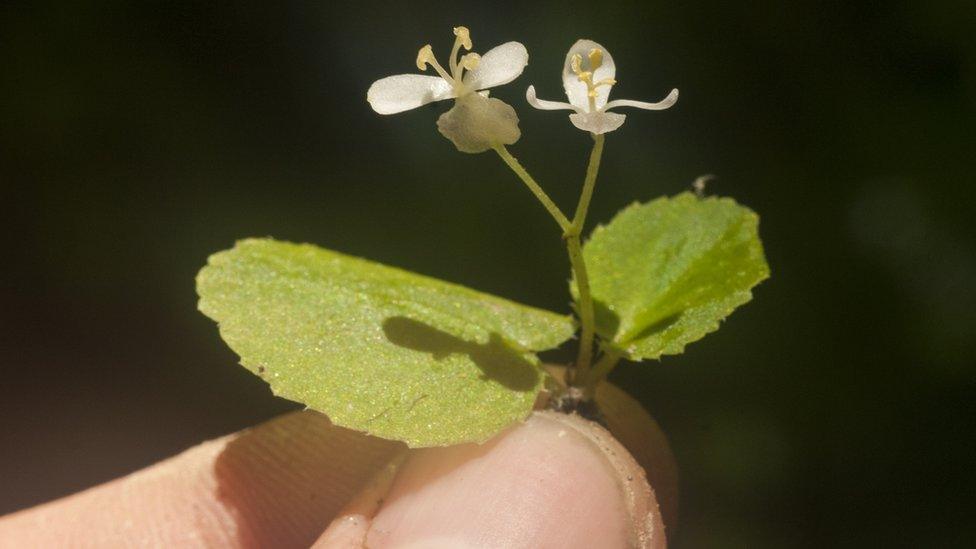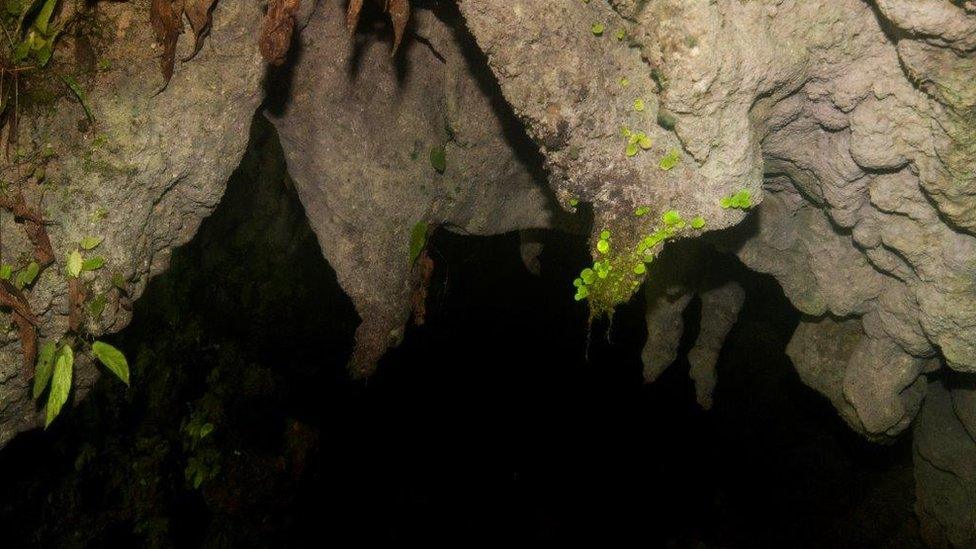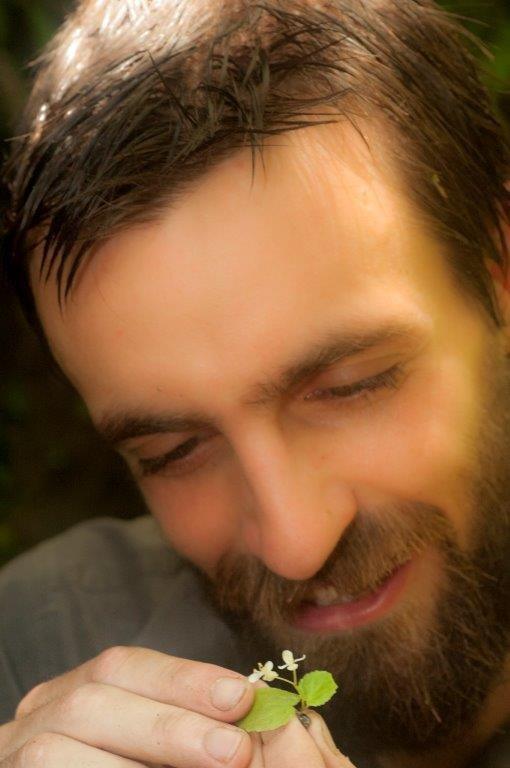Royal Botanic Garden nurtures smallest begonia
- Published

The newest and smallest species of begonia ever found has begun to flower at Edinburgh's Royal Botanic Garden.
Begonia elachista was discovered at the mouth of a limestone cave in a national park in central Peru.
The park authorities want to build a tourist route to the cave - a move which could threaten the species.
Staff at the botanic garden hope their work will inform conservation efforts for the new species which has been classed as critically endangered.
The Peruvian cave is the only place botanists know that the begonia grows in the wild, but the Royal Botanic Garden Edinburgh (RBGE) said it was "not a safe haven" for the plant as more tourists begin to arrive
RBGE staff are now working with partners in Peru and the US to try to save it.


Begonia elachista was discovered at the mouth of a Peruvian cave
Peter Moonlight, a tropical biodiversity research scientist at the RBGE, said the begonia did not deserve its reputation as being "repulsively ugly" - as Monty Don once labelled them.
"Many are still poorly understood although they play a critical role in tropical ecosystems and are of great importance as environmental indicator species," he said.
"In many cases they also have a strong role to play in the horticultural sector and as a food source, medicine or other products of benefit.
"The species discovery programme at RBGE gives previous hidden gems - including begonia elachista - a voice on the global conservation stage."

Peter Moonlight said begonias did not deserve their reputation of being "ugly"